What is ASMR?
Autonomous sensory meridian response, or ASMR, is a tingling, static, or goosebump-like sensation caused by sensory stimuli (typically sight or sound).
The tingling feeling typically begins in the brain or scalp. 🤯
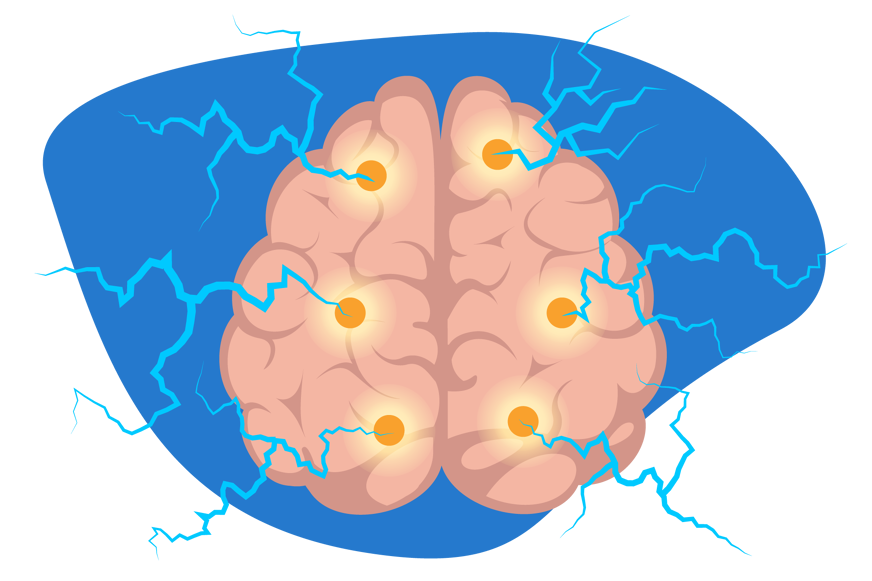
For some people, and some more intense ASMR responses, the tingling feeling may spread from the head and down the spine.
The feeling can even travel throughout the rest of the body, from the shoulders to the lower back and limbs.
Those who experience the response have described the tingling sensation as gentle yet euphoric.
Interestingly, the tingling feeling of an ASMR response is relaxing and calming for most individuals.
Some people even believe that ASMR helps them sleep or improves their mental well-being. 😌
In an interview with Insider [1], YouTubers discuss what drew them to the ASMR community.
For instance, NYC ASMR describes how he stumbled on whispering videos while trying to sleep.
Others, like Gentle Whispering ASMR's Maria, describe how women whispering provides maternal comfort.
Everyone experiences ASMR slightly differently, but ASMR artists are keen to explain that the experience is not sexual.
For most people, ASMR is relaxing.
Understanding ASMR triggers
ASMR can be triggered by various things, including certain sounds, visual stimuli, and even some forms of touch.
When it comes to the online ASMR community, sight and sound are the two most common triggers. 👀👂
ASMR is often set off by slow movements or crisp sounds like whispering, pages turning, or rain falling.
For instance, TheASMRGirl films a no-talking video that focuses on slowly turning and crumpling the pages of a newspaper.
You may hear some people describing ASMR as a brain massage.
It is a type of paresthesia [2], an abnormal sensation on the body or skin with no direct physical cause.
The current definition and study of ASMR is a relatively new phenomenon, and scientists are still trying to understand how and why it works.
How does ASMR work?
Now that we know a little bit more about ASMR and what it is, you might be wondering how and why it works.
Understanding why we experience ASMR
Studies on ASMR are still limited, so there isn't yet a finite explanation of what it is or why it happens.
Steven Novella, a Yale University-based clinical neurologist, has suggested some potential explanations [3].
He proposed that ASMR could be a pleasure response or a type of seizure brought on by a sensory trigger. 💞
Novella explains that since human brains aren't exact copies, there are instances where people have different patterns of pleasure stimulation.
For example, some individuals feel pleasure as a result of painful stimuli.
Such theories have credit given that not everyone experiences ASMR in the same way or at all.
Now that we know why some people experience ASMR, it's time to look at what happens in the brain because of ASMR.
ASMR and the brain
ASMR is thought to work in a similar way to meditation. 🙌
There are even combinations of the two soothing practices with ASMR meditation-style videos from YouTubers like Pelagea ASMR.
When you meditate, your brain waves change from beta waves (associated with stress and anxiety) to alpha waves (associated with relaxation and calm).
ASMR is thought to work similarly by changing your brain waves [4] from beta to alpha.

In addition, ASMR may increase levels of serotonin [5] in the brain.
Serotonin is a neurotransmitter often called the 'happy chemical' because it is associated with feelings of contentment and well-being. 😁
So, not only could ASMR help you relax, but it could make you feel happier too!
Is there evidence that ASMR works?
With all the theories floating about, you might wonder, does ASMR work?
There is already some proof that ASMR alters brain waves, and some studies are taking a more direct approach by looking at how people feel before and after being exposed to ASMR triggers. 🤔
One study found that ASMR effectively reduced stress and improved participants' moods [6].
Another study found that ASMR increased feelings of social connectedness [7] and decreased anxiety in participants.
So, while more ASMR research is needed, the studies that have been done so far suggest that ASMR helps reduce stress, anxiety, and insomnia. 🥳
Types of ASMR
Not every ASMR video includes the same types of senses and triggers.
Countless things may trigger an autonomous sensory meridian response, and these differ from one person or another. 👫
However, there are 4 types of ASMR that seem most prevalent:
- Whispering
- Personal attention
- Slow and repetitive movements
- Crisp sounds
Let's look at these types of ASMR in a little more detail below.
ASMR whispering
Whispering is one of the most popular types of ASMR content on platforms like YouTube, Instagram, TikTok, and Facebook. 👄
Soft whispering sounds can be extremely relaxing and calming.
One of the popular YouTube ASMR channels is known as Gentle Whispering ASMR or ASMR Maria.
In this video, ASMR Maria focuses on whispering slowly, softly, and deeply into her microphones.
Whispering and other soft sounds represent a sense of intimacy for listeners that helps transfix the brain and prompt relaxation.
Many ASMR videos feature whispering and other close attention acts like chewing, role play, or other tasks.
For instance, YouTuber Angelica ASMR films a guided meditation role-playing as the popular Wednesday Adams character.
The combination of triggers like whispering with other interests or storylines gives some people a more immersive experience, resulting in a more intense and genuine ASMR tingle.
Personal attention ASMR
Personal attention ASMR involves having someone focus their undivided attention on you.
This could be a one-to-one conversation or someone doing something for you, like giving you an ASMR haircut, painting your nails, or pretending to do so. 💇
Personal attention ASMR usually involves a zoomed-in camera or close-up microphone recording.
Almost all ASMR videos feature personal attention, sometimes alongside other triggers.
ASMR Glow, an ASMR artist and YouTuber with 1.67 million subscribers, has a range of personal attention videos to help you sleep.
In this video, for example, ASMR Glow gets up close and personal with the camera, whispering, brushing hair, and completing other slow-movement bedtime tasks.
It is believed that the personal attention aspect of ASMR promotes feelings of social connectivity.
Personal attention ASMR videos frequently incorporate soft, gentle movements and may be combined with other ASMR triggers.
Slow and repetitive movements ASMR
Slow and repetitive movements ASMR often involves someone making gentle and smooth movements with their hands or an object like a makeup brush. ✋
Tapping sounds and movements are a regular feature of ASMR videos and combine the triggers of slow movements and crisp sounds.
Tingting ASMR YouTuber creates an intensely sleepy vibe with her slow hand movements and soft whispering in this video.
Many fans prefer these 'classic' ASMR videos because the sounds and movements appear slow, smooth, and warm.
Crisp sounds ASMR
Crisp sounds are another common ASMR trigger.
They can include sounds like fingernails tapping on a hard surface or paper crumpling. 💅
A quality ASMR microphone is essential for ASMRtists aiming to capture crisp sounds for audiences mainly triggered by audio stimuli.
Crisp sounds can be created with a variety of things, including inanimate objects, hand movements, and even eating ASMR.
Some ASMR videos focus primarily on crisp sounds, even recording a selection to help viewers find one that gives them the most tingly and euphoric ASMR sensation.
YouTuber DennisASMR showcases crisp sounds from fingers tapping on boxes, brushes over microphones, scratching, and whispering.
Popular ASMR themes
Usually, ASMR videos focus on sight or sound.
One common trait almost all ASMR recordings share is close personal attention, which usually means the ASMR artist is sitting only inches away from the camera and microphone.
Beyond triggers like personal attention, ASMR videos can have all sorts of themes or topics.
ASMR artists use common triggers, like personal attention, whispering, or slow movement, in different themes or genres of ASMR.
Some trending ASMR themes include:
- Makeup ASMR
- Haircutting ASMR
- Eating ASMR
- Roleplay ASMR
- Accidental ASMR
You will see a massive number of these types of ASMR videos on platforms like Instagram, TikTok, Spotify, Facebook, and YouTube.
ASMR makeup
Beauty and makeup videos are among the most-watched on YouTube and generate over 169 billion views annually.
Playing into this popularity, many ASMR artists have recorded close-up videos of them doing their makeup.
Beauty-themed ASMR videos, where people film and layer the sounds of their skincare or makeup routine, are incredibly popular. 😘
In this video, Jocie B ASMR records a fast and layered ASMR makeup YouTube video featuring close-ups and personal attention.
Many ASMR makeup videos focus on the sounds of makeup products, tools, and applications.
Some videos feature whispering, whereas others involve no talking.
ASMR PPOMO's makeup videos have no speaking, allowing viewers to focus solely on the sounds of the makeup products and applications. 💄
While whispering is a common ASMR trigger, not everyone enjoys it.
Some prefer alternative sounds, and various ASMR artists and videos concentrate on these, like ASMR PPOMO's makeup product and application videos.
ASMR haircut
Haircutting ASMR videos are also popular sub-genres of the beauty and ASMR industries.
Some ASMR haircut videos focus primarily on the crisp sounds of scissors cutting hair. 💇
For instance, Whispering Haircuts ASMR creates no-talking videos featuring a barber combing and cutting a man's hair.
Many other ASMR haircut videos centre around the ASMR artist roleplaying the actions of cutting, washing, drying, and brushing hair.
ASMR eating
Within the ASMR community, close personal attention eating videos have risen in demand.
Some ASMR artists, like SAS ASMR, record eating ASMR videos featuring a variety of cuisines.
Other ASMR artists focus on Mukbangs, where someone eats an enormous amount of food. 🥘
Mukbangs began in South Korea but are now internationally popular in ASMR communities and beyond.
ASMR food videos often zero in on familiar eating sounds like slurping, crunching, and chewing.
Zac Choi ASMR is one ASMR-eating YouTuber who records mukbang and food ASMR preparation videos.
Videos like this can feature finger tapping, food snapping, and box opening alongside the actual eating ASMR close-ups. 🍤
Mukbang and ASMR eating videos can satisfy food cravings and provide the soothing and tingling sensations more typically associated with ASMR.
ASMR roleplay
For some, the close personal attention and whispering often featured in ASMR videos can be tedious.
As ASMR has become more widely known, some people have become interested in more elaborate videos.
Famous ASMR artist Gibi ASMR has a video that covers several popular roleplay themes, including a cranial nerve exam, ear cleaning, and spa experience. 👂
ASMR roleplay videos can help some people get lost in the tingly ASMR feeling.
Several commenters on ASMR Gibi videos state that roleplay videos help relieve their depression by offering a pleasurable distraction that gets them out of their head.
Accidental ASMR
We know that ASMR videos feature several of the same things, including slow movements and soft or crisp sounds.
Of course, while there are plenty of videos that try to elicit ASMR reactions from audiences, there are others that accidentally trigger the response.
Bob Ross, an American painter and television host, is known for his calming voice, positive attitude, and the ASMR sounds in his painting tutorials. 🎨
While not all painting and paintbrush sounds are as slow as typical ASMR videos, tutorials often feature the essential aspects of close attention and crisp sounds.
Many find watching Bob Ross painting videos and tutorials gives them a tingling ASMR feeling.
ASMR honourable mentions
Of course, there are ASMR videos that don't fall into these ASMR trends.
You may have seen soap-cutting or slime ASMR videos on platforms like TikTok.
YouTube channel ASMR SOAP films all sorts of soap crunching, squashing and cutting videos, including the one below that features glittery soap bars. 🧼
Many people find these extremely therapeutic.
Another broad category of ASMR involves mundane and everyday tasks.
These videos include close-ups of people folding towels, cleaning, or shaving. 🪒
A good example is FredsVoice ASMR, a YouTube channel focusing on much more than the artist's voice.
This famous video zooms in as the artist mimics an entire shaving routine on his microphone.
Beyond everyday tasks, there are also more specialised videos like ASMR latte-making, ASMR gum chewing, and more divisive ones like ASMR ear cleaning. ☕
ASMR is also becoming more commercialised.
ASMR products, such as ASMR sensory bars, are slowly becoming more popular.
Sensory bars [8] provide a unique sensory experience with their peculiar textures, sounds, and movements.
While sensory bars are typically designed for kids, they can help trigger an ASMR response in anyone who plays with them.
What are the benefits of ASMR?
ASMR can help us sleep and relax, but that's not all.
It is thought that ASMR provides several benefits, including relaxation, enhanced sleep, improved mental health, and increased focus.
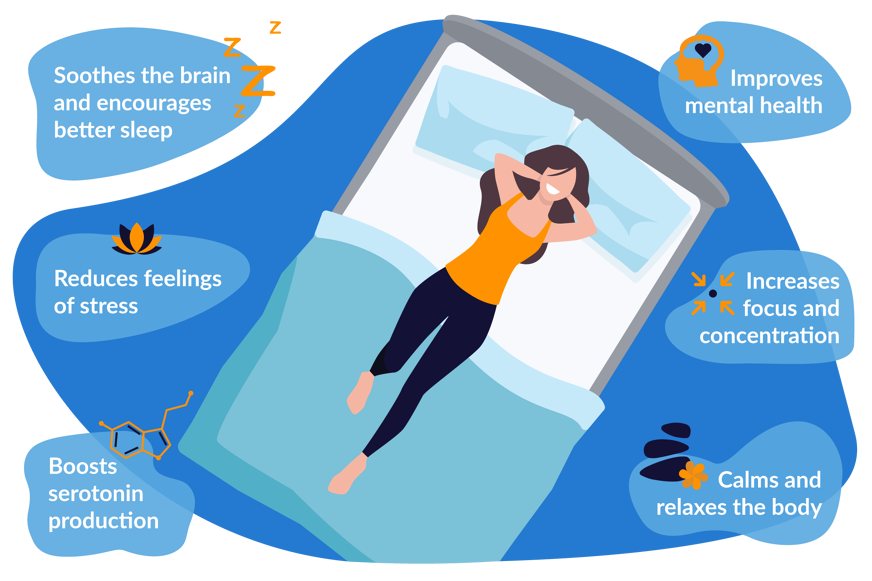
Let's look into more of these in more detail.
Relaxation and sleep
ASMR is thought to be helpful for people who struggle to sleep, even if they have sleep disorders like insomnia.
Slow and soft ASMR sounds and movements seem to soothe our brains. 🧠
In fact, ASMR is thought to help slow brain waves and stimulate the release of chemicals like serotonin that help us relax and sleep.
We'll look at ASMR and sleep in even more detail further down.
Mental health
ASMR is often tied to improving mental health.
It is believed to help reduce stress and anxiety levels, with some ASMR fans even claiming videos assist with their depression or PTSD. 😌
If you're feeling overwhelmed or anxious, watching an ASMR video might be just what you need to relax.
Current ASMR studies [9] also support the idea that mindfulness and ASMR are heavily connected.
Mindfulness is often linked to better management of mental health problems like anxiety or depression.
Those that can experience ASMR tend to have the focus, self-confidence, self-consciousness, and reflection abilities associated with mindful meditation.
There are a few ways that ASMR may help with mental health struggles.
It helps some people sleep, and sleep can reduce the effects of stress, anxiety, and more.

For others, ASMR offers a pleasurable experience that relieves negative feelings.
Meanwhile, others find that close personal attention elements of ASMR provide feelings of social connectivity. 👭
All of these are important for our mental health.
Focus and concentration
Finally, ASMR could be a way to increase focus and concentration. 🧠
If you have trouble focusing on tasks or you're easily distracted, ASMR might help you to focus and get work done.
Research has linked ASMR to the flow state [10], also known as being in the zone.
It is thought that the quiet sounds of most ASMR videos have a similar effect as ambient noise in that they can help us remain focused and energised when completing a task.
While not all people experience the same benefits from ASMR, many find it helpful in one way or another.
ASMR and sleep
One of the most popular ways to use ASMR is for sleep. 😴
YouTuber ASMR Diddly films popular ASMR sleep whisper and slow movement videos to help her fans relax.
Most sleep ASMR videos, like other ASMR videos, feature soft sounds and gentle movements that can be extremely calming and relaxing.
ASMR sleep videos can be a great way to wind down before bed and get some much-needed rest.
Other YouTubers, like Hunnibee ASMR, film a different assortment of ASMR eating and Bob Ross painting-style videos designed to help viewers fall asleep.
These sleep ASMR videos can be helpful for people who have trouble falling asleep and can even assist those with sleep disorders like insomnia.
Many use headphones for a better sleep ASMR experience.
When wearing headphones, the sound becomes more all-encompassing and isn't muffled by surrounding noises.
How does ASMR help you sleep?
It is important to remember that there is a limited amount of research on ASMR.
If you generally struggle to sleep because you carry stress tension, you might find that physical tools like massage guns promote better sleep than ASMR sounds or visuals alone. 💆
Regular use of a tool like the TheraGun massager can help melt the stresses and tension we hold in our bodies.
So far, we don't have conclusive proof that ASMR helps with stress or sleep.
However, our current understanding of how ASMR works is compatible with beliefs that it can assist with de-stressing and helping people fall asleep.

When we sleep, our brainwaves slow down from the beta waves of an awake and alert state to the alpha waves of a relaxed state. 🧠
Studies [4]suggest that ASMR has a similar effect as meditation, which is also associated with the alpha state.
Interestingly, ASMR is also found to activate the areas of the brain associated with oxytocin, dopamine, and endorphins.
The release of these hormones is linked to feelings of comfort, relaxation, and, ultimately, sleep.
Of course, as with anything, there is no guarantee that ASMR will improve your sleep.
Increasing interest in ASMR for sleep
As more people post and watch ASMR videos, more people are interested in how ASMR works for sleep. 🛌
A recent study suggested that ASMR responses are tied to personality traits [11].
The analysis suggested that individuals more open to new experiences are more likely to experience the brain-tingling feeling of ASMR.
Whatever the case, there is no denying that many people believe ASMR helps them sleep.

The connection is clear from the number of ASMR sleep videos and the thousands or millions of views they receive.
ASMR videos are worth trying if you are someone who struggles to sleep.
But, of course, you don't just have to rely on ASMR.
You can try alternative rituals to get a good night's sleep, like avoiding caffeine or reading before bed.
Alternatively, many people find things like weighted blankets help them to de-stress and fall asleep.
Weighted blankets have been connected to increased levels of serotonin (the happy hormone) and decreased levels of cortisol (the stress hormone).
How to use ASMR to sleep
Luckily, it's easy to use ASMR for sleep.
Simply pop online and type in ASMR sleep, and you'll be met with an avalanche of video choices.
We'd recommend trying a couple and thinking about which ASMR triggers for sleep work best for you.
For instance, perhaps whispering does the trick, or maybe you prefer other ASMR sounds like slow tapping.
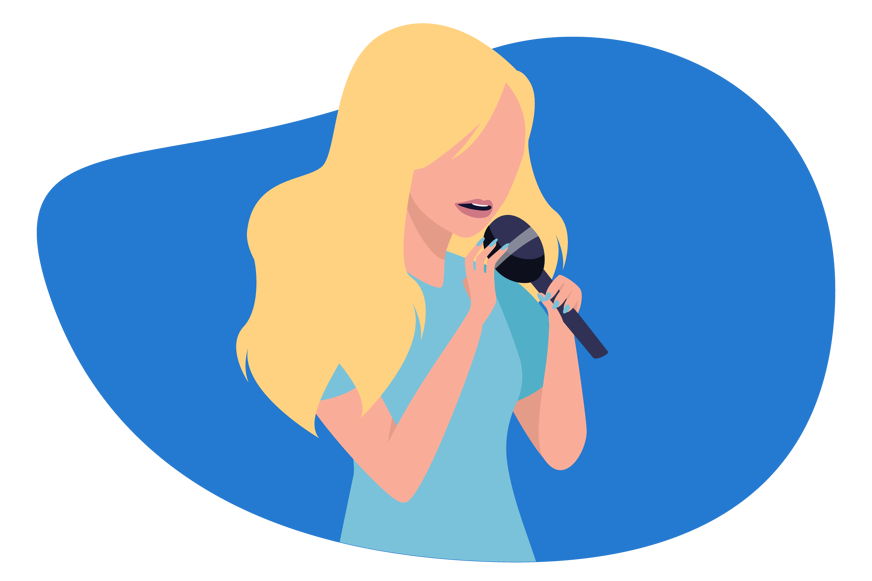
Whatever the case for you, choose an ASMR sleep video you like and press play.
Just watch or listen until you feel yourself getting sleepy. 💤
Once your mind begins to relax, and you feel ready for sleep, you can turn the video off and snuggle up.
We recommend you complete your nightly routines first so you can settle in and not worry about getting up again after relaxing to your chosen ASMR video.
Neck and back pain
Ultimately, ASMR is a sensory response which cannot alter sleep struggles related to physical pain.
If you consistently wake up or have trouble falling asleep because of back pain, you need to consider your sleeping equipment. 🛌
The wrong mattress can worsen back pain by not offering the proper support for your body.
For instance, side sleepers tend to sleep best on softer mattresses that allow their hips and shoulders to sink in, allowing optimal spinal alignment.
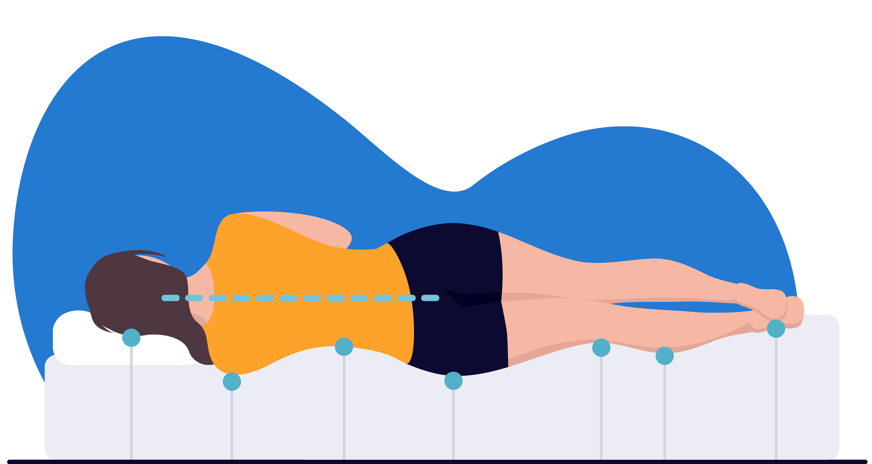
It might be time to look at the best mattresses for back pain if your current one is not offering you the support you need.
Alternatively, if the pain disrupting your sleep is focused around your neck, it may be time to switch up your pillow.
When a pillow is too high, too low, too soft, or too hard, it can force the neck into an uncomfortable position.
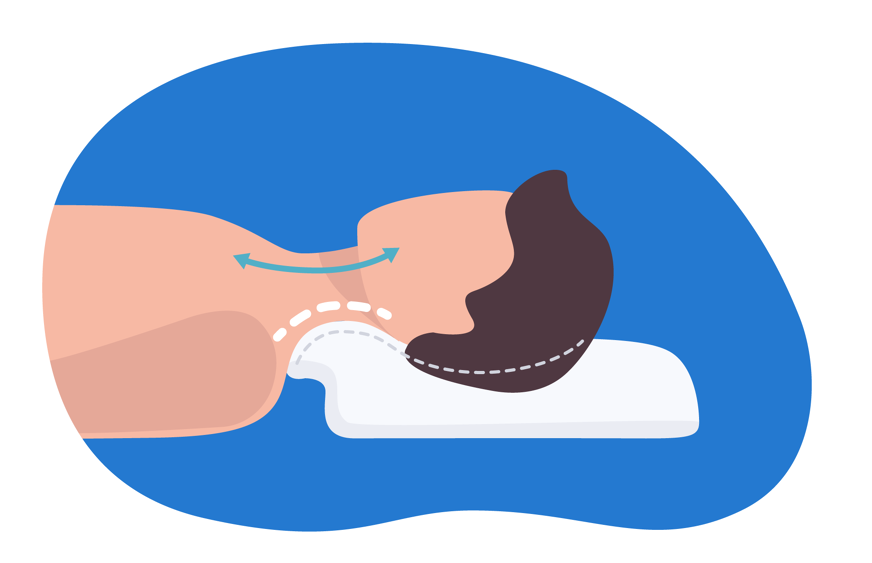
Most of us need the right environment, from pillows to mattresses and even sounds or visuals in ASMR, to get a good night's sleep.
What works for one person might not work for another, so you should spend time playing around with different options to find something that works for you.
Our favourite mattresses for back pain:
Why do some people dislike ASMR?
As wonderful as ASMR can be, it's certainly not for everyone. 🙅
There are several reasons why someone might dislike ASMR.
First, while not loud, the noises tend to feel very intimate as they are recorded within centimetres of the ASMR microphone and often focus on personal attention. 💥
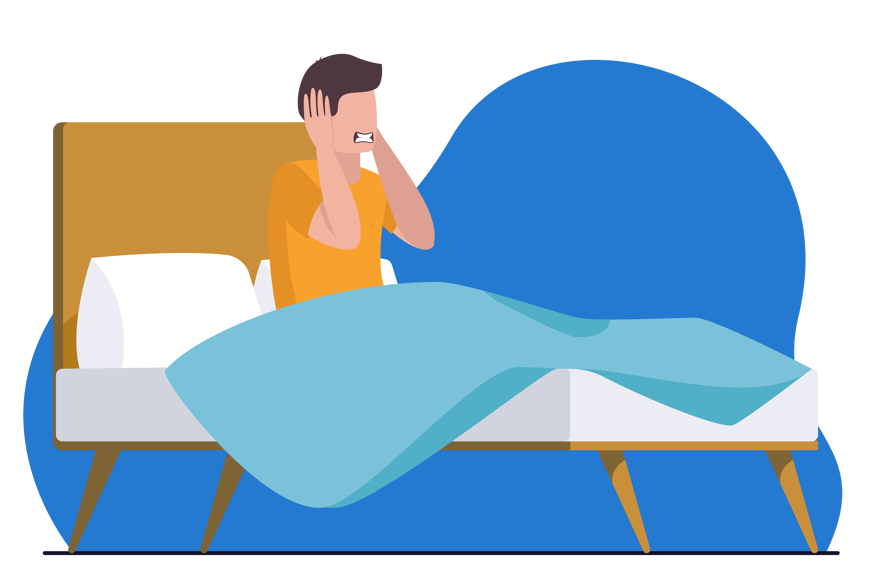
The sudden noise can be startling and even annoying if you're not expecting it.
Second, the brain tingle sensation associated with ASMR can be overwhelming. 😵
For some people, it can cause headaches.
It can even trigger an emotional response in people who have misophonia [12].
Those with misophonia are affected by normal sounds like breathing, yawning, and chewing.
These sounds are, of course, frequently featured in ASMR videos.
Others don't experience any sort of tingling or relaxing ASMR reaction, making these videos essentially pointless.
Finally, some individuals find the close-up videos and personal attention associated with ASMR intrusive and creepy. 😖
Ultimately, there's only one way to find out if you love or hate ASMR - you'll have to try it yourself.
How has ASMR grown?
ASMR has come a long way since its early beginnings, even if not everyone likes it.
Now it is a well-known and widespread phenomenon. 🌠
More people currently create and watch ASMR videos than ever before.
Several factors have contributed to the growth of ASMR.
The first is the rise of platforms like YouTube, TikTok, Instagram, Facebook, and Spotify, making it easier for people to find and watch ASMR videos.
This has allowed greater awareness of ASMR, meaning more people are curious and want to try it out.
Celebrity ASMR
ASMR has been gaining mainstream attention with ASMR videos of celebrities and influencers.
Celebrities such as Zoe Kravitz and Karl Glusmen from the show Big Little Lies and 'Janet' from The Good Place have even recorded ASMR audios and videos since the phenomenon exploded.
This has helped to make ASMR more mainstream, with more alternative ASMR triggers easily found and more people able to find the thing that provides them with the desired tingling sensation.
ASMR university
There is now an ASMR university [13] founded by Craig Richards and supported by specialist ASMR researchers like Dr Giulia Poerio.
The ASMR university allows people to access ASMR resources and news. 👍
Researchers at ASMR university believe it can be helpful for people's mental health by reducing stress, anxiety, and insomnia.
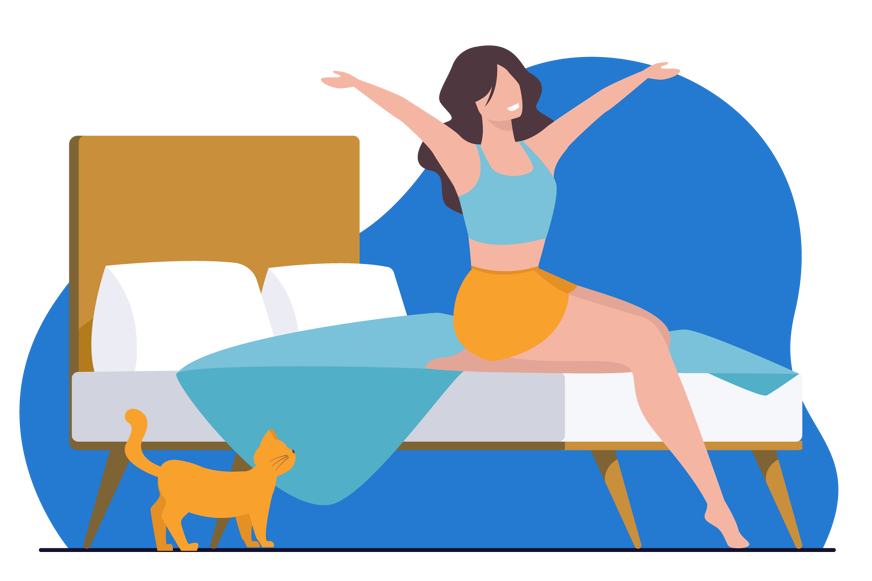
Many people are surprised by how much they like it. 🤯
ASMR communities
As ASMR has grown and more people are trying and discussing it, ASMR has become a way to connect with others.
In our increasingly isolated world, ASMR can provide a sense of social connection with the ASMR community.
There are many communities online where people share their ASMR experiences and connect with others. 🤗
Should you try ASMR?
If you're looking for a way to relax, de-stress, or get better sleep, ASMR is worth giving a go.
While ASMR can be polarising, there's only one way to determine if it's for you - give it a try.
You might find it relaxing and soothing, or it might help you sleep. 😇
But if you find it irritating, overwhelming, or even creepy, then ASMR probably isn't your thing.
There's no right or wrong answer - it's all about personal preference.


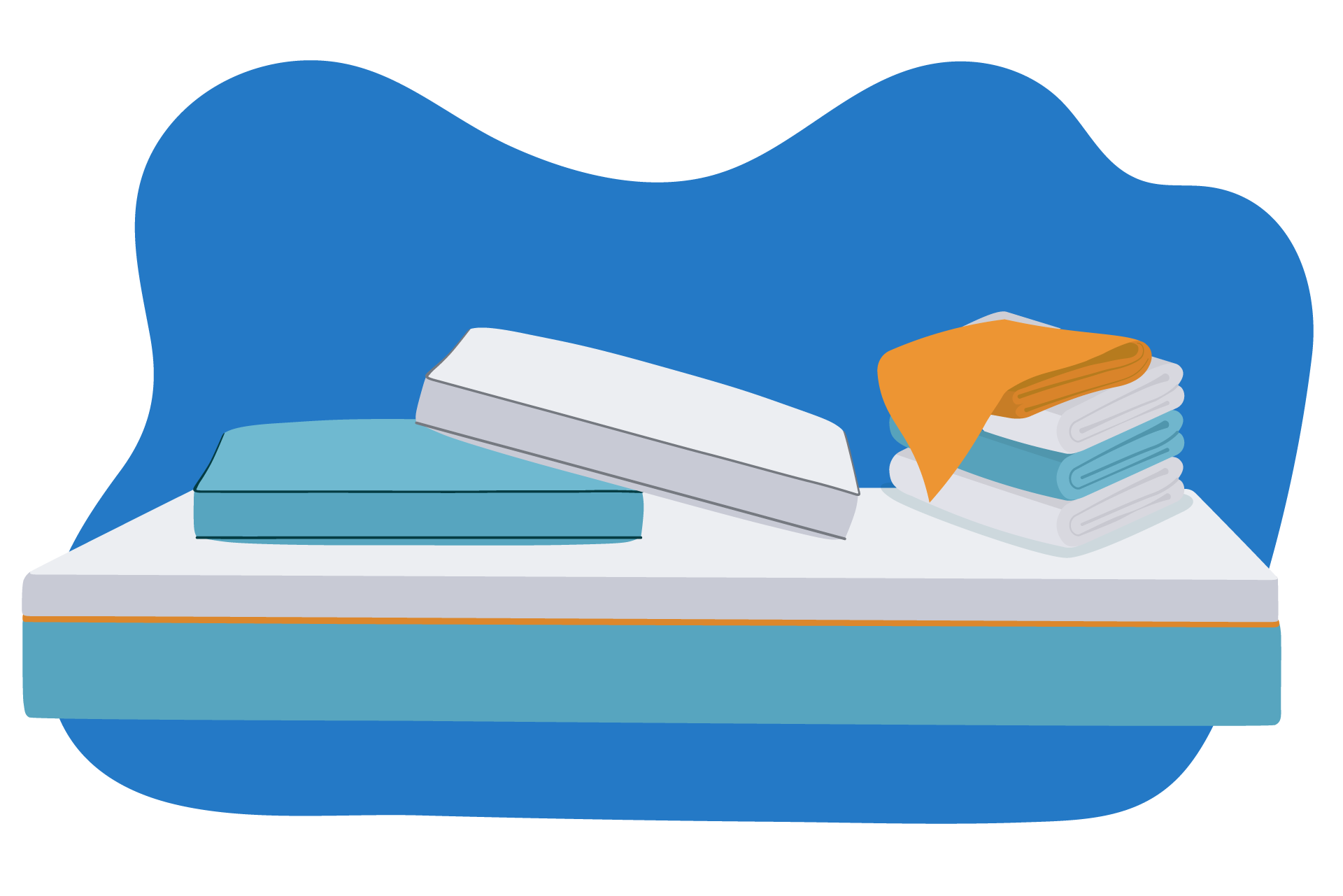

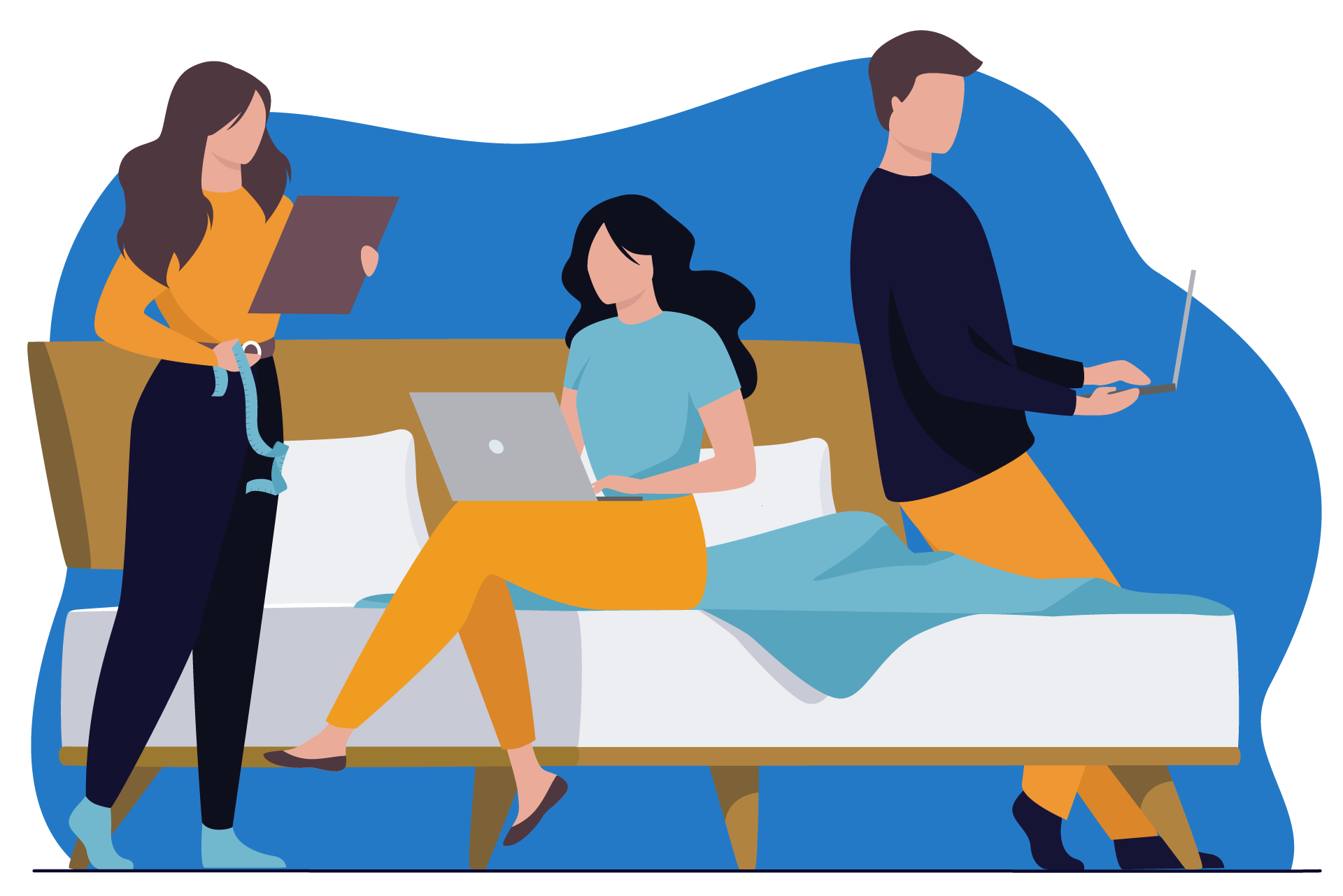


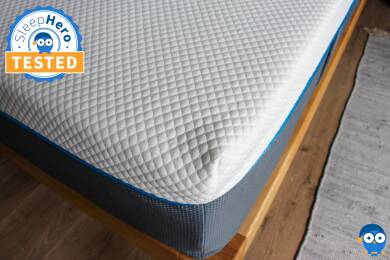

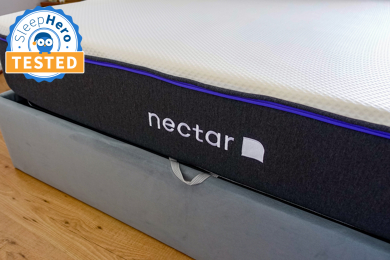

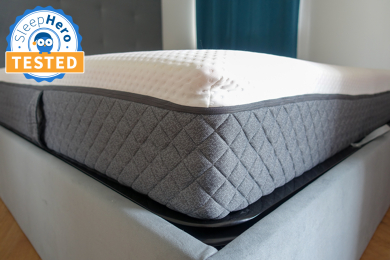


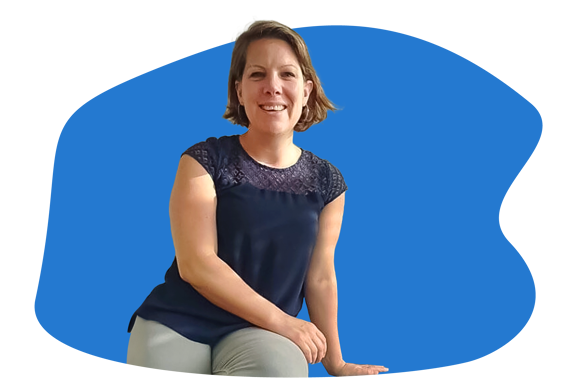
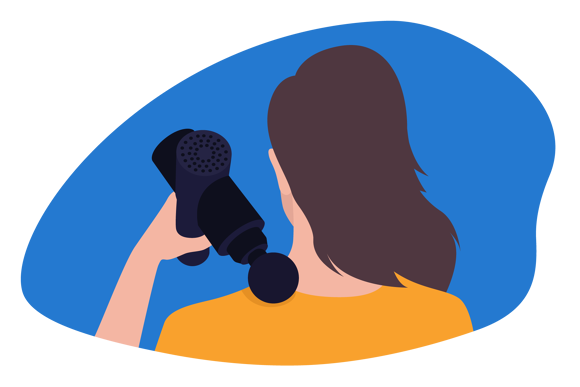


Alternatively, message us directly via the Contact Us page.